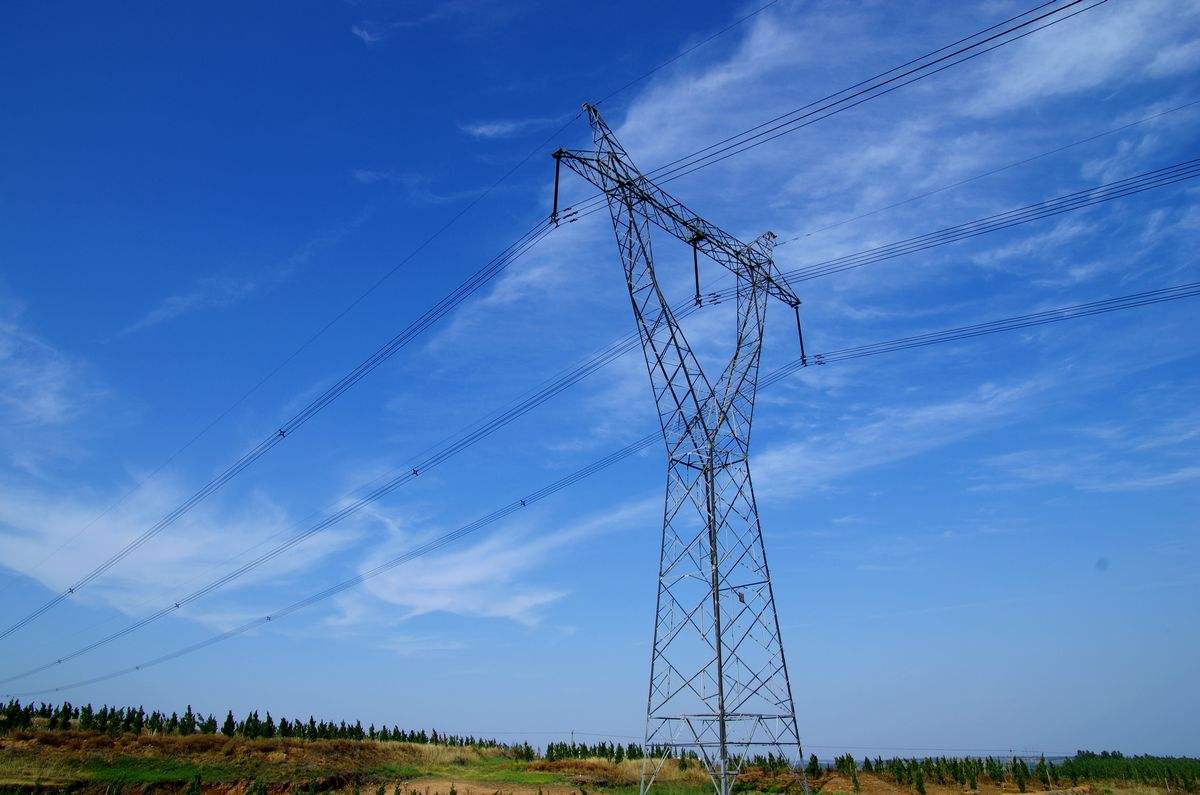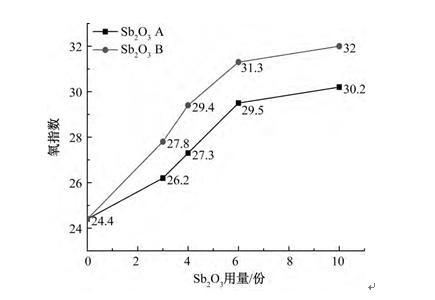High-voltage power transmission needs to prevent burning, and the circuits and cables in daily life also need to strengthen the overall flame retardancy to ensure the safety of circuits in daily life.

Wires are generally insulated with plastic to insulate circuits, but plastic is very easy to burn. Therefore, to ensure the safety of the circuit, composite materials are needed. Under normal circumstances, most wire and cable factories will add antimony trioxide to enhance the flame retardancy of the material.
Antimony trioxide is an additive flame retardant material. It has no anti-combustion properties. It needs to have a certain synergistic effect with the presence of halides to enhance the anti-combustibility of the material. When halides and antimony trioxide coexist, they will react to form volatile gases such as antimony halides and antimony oxyhalides (SbCl3 and SbOCl). These gases have the effect of isolating oxygen, which can effectively reduce the oxygen content around the material . After the oxygen is isolated, combustion will no longer occur.

However, it is not that the higher the content of antimony trioxide in the cable material, the better. The cost must be considered after meeting the normal standards. The flame resistance of the cable is usually expressed by the oxygen index. The higher the oxygen index, the higher the flame resistance. The above image is the relationship between the content of the two antimony trioxides and the oxygen index. When the antimony trioxide reaches a certain content After that, the oxygen exponential growth has slowed down, so the content of antimony trioxide can be adjusted appropriately considering the cost.
There are two lines on it, the same is the addition of antimony trioxide, but the oxidation index of the graph is different. This is because different manufacturers have different antimony trioxide compositions, so the effects are not the same.
東莞杰夫 三氧化二銻